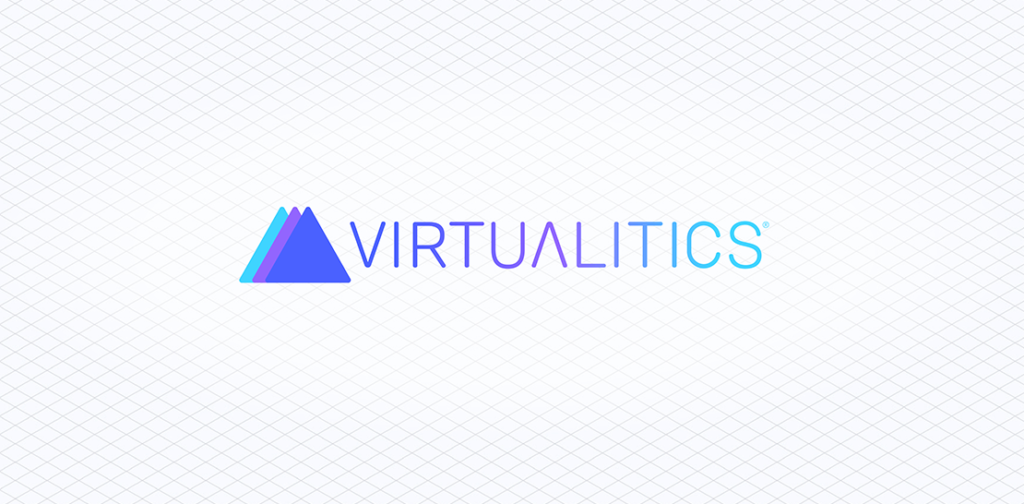Data is a valuable commodity in today’s information-driven business environment. But, unlike currency or other assets, data’s real value is in the actionable insight you extract from it.
Data analytics has become much more challenging in recent years with the volume of data being generated skyrocketing to trillions of rows per day, much of it unstructured. To further complicate matters, data is delivered from many different sources, which creates multidimensional data sets that must be carefully analyzed to identify patterns and interrelationships among the disparate data types.
The Role of Visualization in Data Analytics
The human brain does many things well, but scaling isn’t one of them. To help simplify analysis and maximize value from high volumes of increasingly complex data, more organizations are relying on data visualization technology to make sense of it all.
Data visualization—which, at a high level, is simply the visual representation of information—drives data analysis by removing the noise and presenting data in a way that is easily internalized.
Unlike using a spreadsheet filled with numbers and no context, telling your data’s story in a visual form clearly highlights trends, patterns, and outliers within the data set so the most useful information is front and center.
This visual approach also adds “explainability” to complex concepts that non-data-scientists, such as product owners and management, need to drive decision-making and meet business objectives.
The Era of Immersive Data Virtualization
In today’s highly complex business environments, static visualization is no longer sufficient in the majority of use cases. Extracting the most valuable data insights requires multidimensional, immersive visualizations so users can really drill down and interact with the data, looking at it from every angle.
By expanding data analytics capabilities beyond static visualization and basic interactivity, immersive data virtualization provides AI-driven data analytics and 3D visualizations that let anyone in the organization—not just the data scientists—get fast, actionable insights from even the most complex data.
Immersive visualization platforms give data-centric organizations the ability to view data in a variety of geospatial, 3D, and graphical visualizations, which makes it easier to spot anomalies and patterns in the data and pull out important information and trends even from unstructured data.
Pain Points Solved with Immersive Data Visualization
Immersive data visualization creates highly informative yet easy-to-understand data representations that help organizations overcome several key business challenges:
Siloed Operational Knowledge
Immersive data visualization makes even the most complex data accessible to the masses. Non-data-scientists can generate and manipulate data representations themselves to extract business-critical knowledge that drives decision-making.
Collaboration Among Distributed Teams
Immersive data visualization platforms let teams share insights and collaborate on actionable information across the office or across the globe.
Missed Growth Opportunities
Immersive data visualization presents data clearly and concisely, making it easy to spot trends and anomalies that highlight areas for improved efficiency and opportunities for increased market share.
Finding the “Whys”
It isn’t always clear what is triggering sensor or system alerts, and this lack of clarity can result in alert fatigue and increase risk. Immersive data visualization lets users track alerts and visualize the data from multiple angles to pinpoint the root cause and quickly resolve issues.
Connecting the Dots Within Data Relationships
Enterprise data comes from a million different directions at once. Immersive data visualization takes these disparate data types and sources and creates a clear, cohesive picture of the data’s story across them all.
Immersive Data Visualization and the Human Element
The human brain is designed to navigate a 3D world, which is why we can grasp concepts such as the size of objects and relative distances between points.
Although static visualization techniques such as bar charts and 2D scatter points are somewhat useful for understanding data, today’s complex data sets demand multidimensional visualization and interaction.
Immersive data visualization technology allows users to create robust, collaborative environments where they can explore different dimensions of the data to tell a story everyone can understand and build on.






